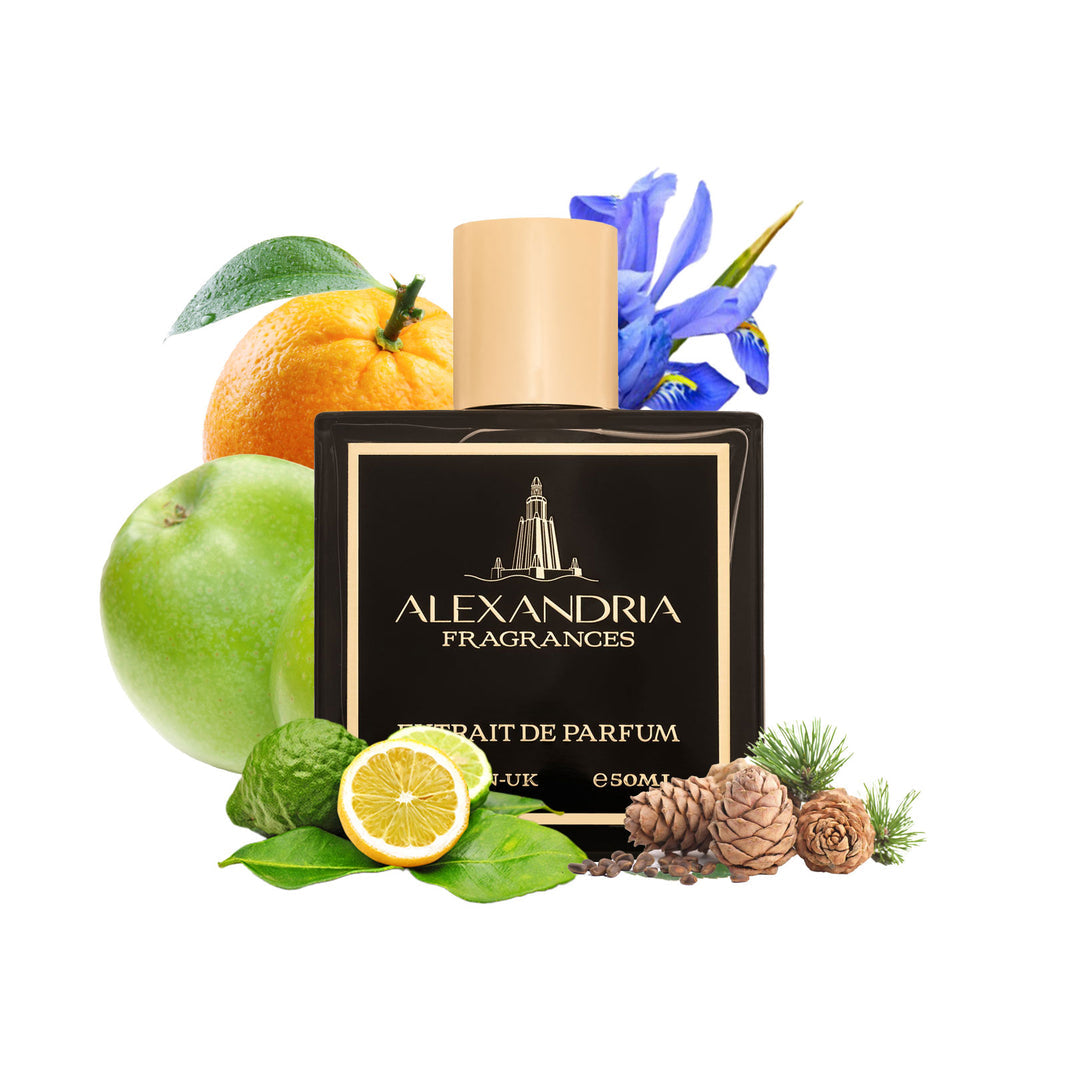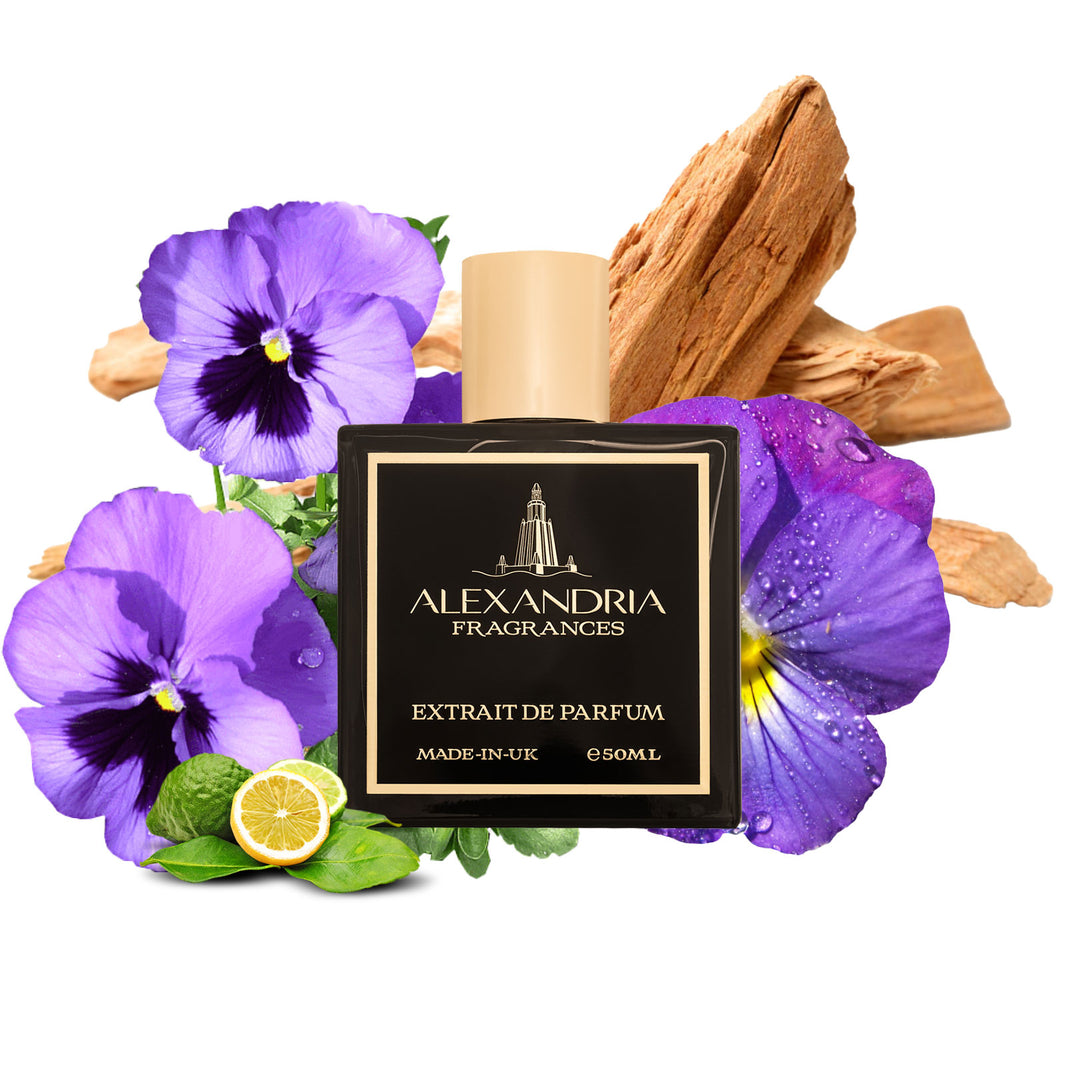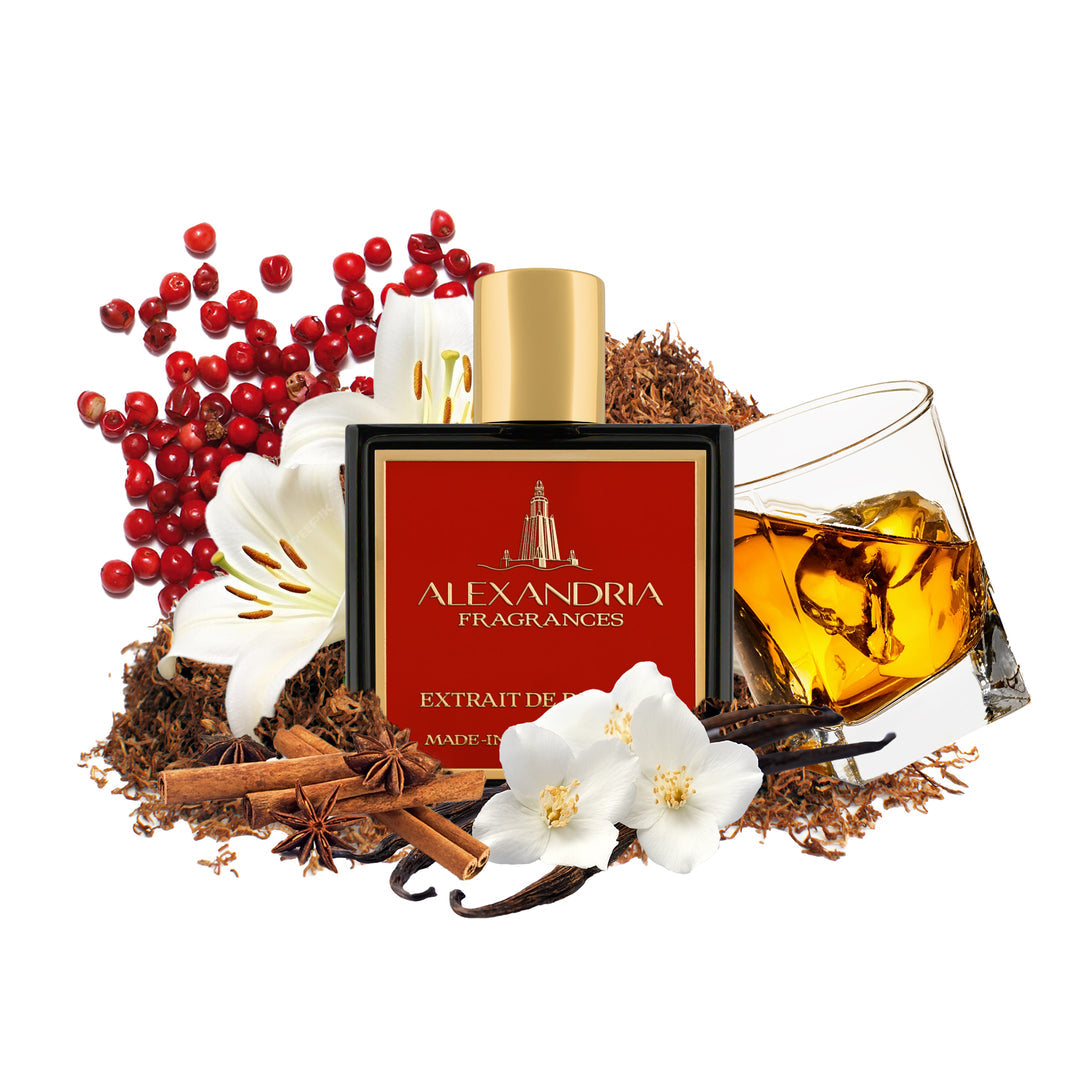
DIY Dupe Perfume Recipes to Try at Home
Frequently Asked Questions
1. What are perfume dupes?
2. What essential ingredients do I need to create DIY perfume dupes?
3. How can I create my own unique perfume scents?
4. What are some tips for storing DIY perfumes?
5. How do DIY perfumes impact the environment?
Are you a perfume enthusiast who loves exploring new scents but hesitant about the price tags? Look no further! In this guide, we'll provide an array of exciting DIY dupes that mirror your favourite fragrances without the hefty expense. Plus, these recipes will allow you to create personalised scents that embody your unique style. Let’s dive into the world of DIY dupe perfume recipes that you can easily make at home.
Understanding Perfume Dupes
Before we embark on our DIY perfume journey, let’s clarify what perfume dupes are. Perfume dupes are fragrance blends that replicate the scent of well-known perfumes without being identical. They are particularly popular in the UK, as many fragrance enthusiasts seek affordable alternatives to luxury brands. For example, a scent “Inspired By De Marly Greenly” captures the essence of this renowned fragrance while being gentler on your wallet.
Essential Ingredients for DIY Perfume Dupes
Creating your own perfume requires just a few essential ingredients. Here’s what you’ll typically need:
- Carrier Oils: Jojoba oil and sweet almond oil are fantastic options, as they are skin-friendly.
- Essential Oils: The heart of any perfume, choose oils that blend beautifully together.
- Alcohol: High-proof grain alcohol can be used to preserve your fragrance.
- Glass Bottles: Use dark glass bottles for storing your DIY perfume to protect it from light.
Gathering Your Tools
To create your stunning perfumes, you will need:
- Glass droppers for precise measurements.
- A scale for accuracy in blending.
- A funnel for easy pouring.
- Labels for organisation.
Popular DIY Dupe Recipes to Try
Dupe Recipe for a Fragrance Inspired By De Marly Greenly
If you adore the vibrant and invigorating essence of De Marly Greenly, this DIY recipe promises to be a delightful alternative. Here’s how to create your own:
- 10 drops of bergamot essential oil
- 5 drops of green apple essential oil
- 5 drops of jasmine essential oil
- 5 drops of cedarwood essential oil
- 10ml of jojoba oil as the carrier
Mix the essential oils in a small glass bottle, and add the jojoba oil. Shake well and let it sit for 48 hours before using to allow the scents to blend harmoniously.
Citrusy Fresh Garden Delight
If you’re looking for a fresh scent that embodies the joy of blooming flowers and zesty fruits, this recipe will uplift your spirits:
- 7 drops of lemon essential oil
- 5 drops of grapefruit essential oil
- 5 drops of peony fragrance oil
- 3 drops of rosemary essential oil
- 10ml of sweet almond oil as the carrier
As with our previous recipe, mix all the essential oils in a small bottle, add the carrier oil, and allow the blend to infuse for a day or two. This refreshing concoction is sure to brighten your day!
Creating Unique Scents Tailored to You
One of the best things about DIY perfume dupes is that you can modify the recipes to better fit your preferences. Here are some tips on crafting signature scents:
Mixing Base, Middle, and Top Notes
Perfumes are typically constructed of three types of notes:
- Top Notes: These are the first scents you smell, often citrusy and light.
- Middle Notes: Sometimes called heart notes, these create the main profile of your fragrance.
- Base Notes: The final layer, which adds depth and richness to the perfume.
When creating your own blends, experiment with varying ratios of these notes to discover what resonates with you.
Testing Your Perfume
Once your mixture is ready, it’s essential to test and adjust. Apply a small amount on your wrist, and take note of how the scent evolves over time. You can modify the ingredient amounts based on your testing until you achieve your desired scent.
Storing Your DIY Perfumes
To ensure the longevity of your fragrance, consider the following storage tips:
- Store perfumes in a cool, dark place to avoid degradation from light and heat.
- Keep the bottles tightly sealed to prevent evaporation.
- Label your creations with the date and scent profile for easy reference.
DIY Perfume Dupes and Environmental Impact
Switching to DIY perfumes not only offers financial savings but also reduces environmental impact. Many commercial fragrances contain synthetic ingredients which may harm the environment. By creating your own perfumes with natural essential oils, you are making a conscious choice to be kinder to the planet.
Sustainable Practices
For those looking to enhance their eco-friendly approach, consider sourcing organic and sustainably-produced essential oils. This commitment aids in supporting ethical farming practices while minimising harmful ecological footprints.
Discovering More Inspiration
For further inspiration, why not explore social media platforms where DIY aficionados share their favourite scent combinations? Platforms like Instagram and Pinterest, filled with DIY perfume tutorials and recipe ideas, can offer fresh insights into crafting your unique fragrances.
Get Creative with Your Senses
Crafting your own perfumes not only allows for personal expression but can also be a relaxing and enjoyable activity. Enjoy the process of exploring various scent profiles and blending oils until you discover fragrances that truly resonate with you. Remember that practice makes perfect, and don’t be afraid to step outside your comfort zone!
Shake Up Your Fragrance Game
With these exciting DIY dupe perfume recipes, you're not only saving money but also gaining the freedom to express yourself through your unique scent creations. Dive into the fragrant world of perfume making and experience the joy of crafting personalised aromas right at home. Your olfactory journey awaits – happy blending!


Efterlad en kommentar
Denne side er beskyttet af hCaptcha, og hCaptchas Politik om beskyttelse af persondata og Servicevilkår er gældende.